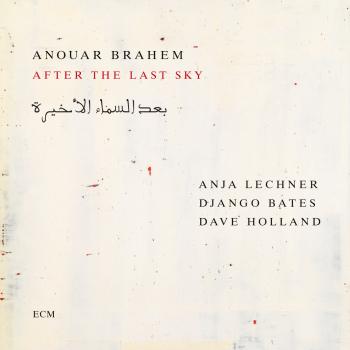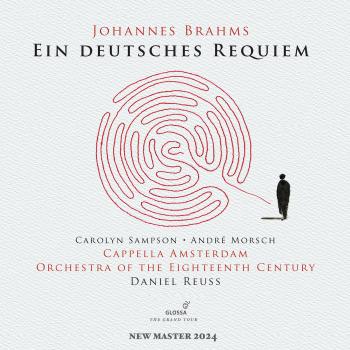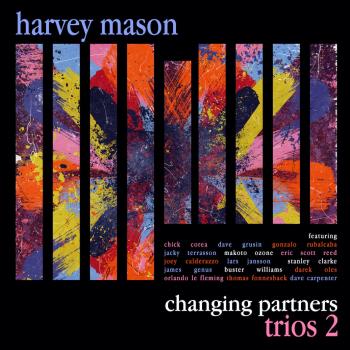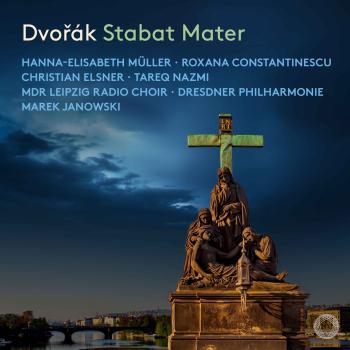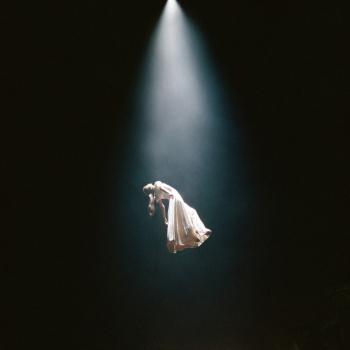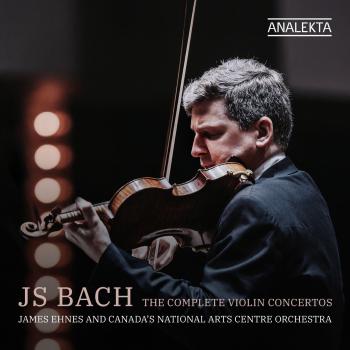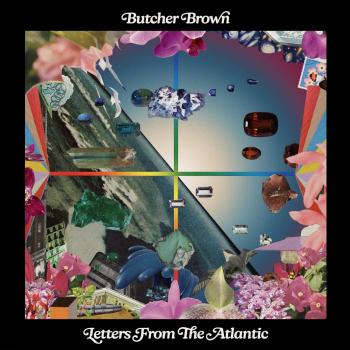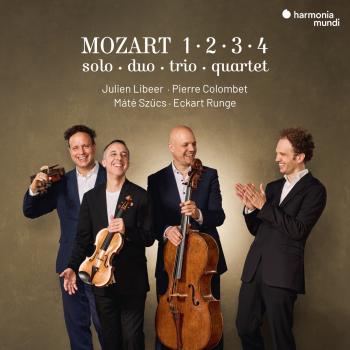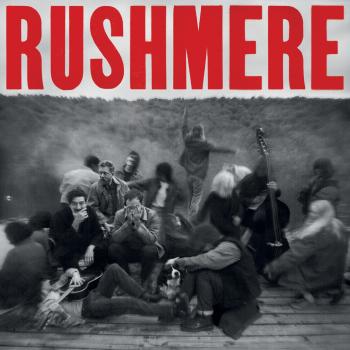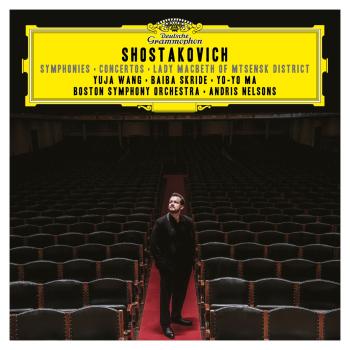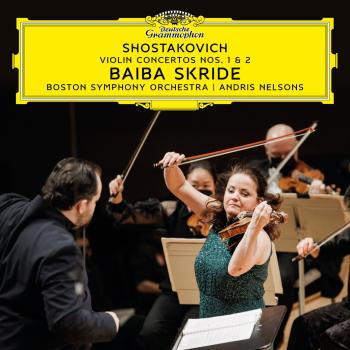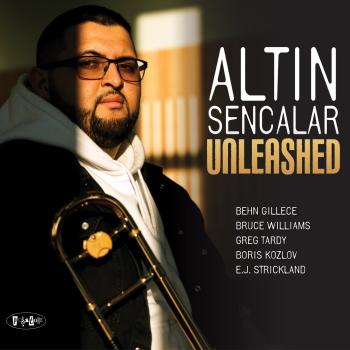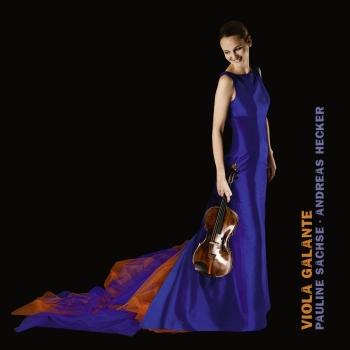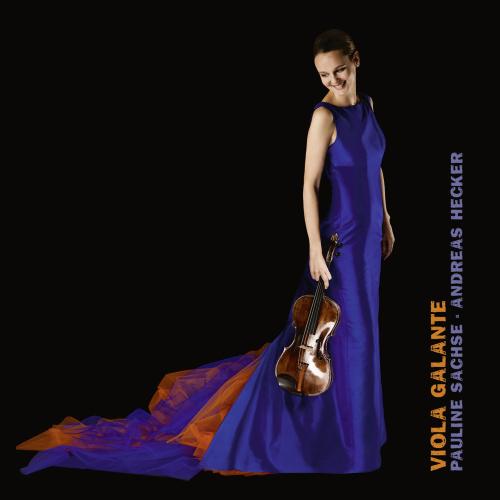
Viola Galante Pauline Sachse & Andreas Hecker
Album info
Album-Release:
2017
HRA-Release:
04.10.2017
Album including Album cover Booklet (PDF)
- Carl Philipp Emanuel Bach (1714-1788):
- 1 Trio in G Minor for Viola and Harpsichord Obbligato, Wq.88: I. Allegro Moderato 06:18
- 2 Trio in G Minor for Viola and Harpsichord Obbligato, Wq.88: II. Larghetto 06:03
- 3 Trio in G Minor for Viola and Harpsichord Obbligato, Wq.88: III. Allegro assai 04:34
- William Flackton (1709-1798):
- 4 Sonata in C Minor, Op. 2, No. 8: I. Adagio 01:39
- 5 Sonata in C Minor, Op. 2, No. 8: II. Allegro moderato 02:25
- 6 Sonata in C Minor, Op. 2, No. 8: III. Siciliano 01:51
- 7 Sonata in C Minor, Op. 2, No. 8: IV. Minuetto. Moderato. 02:01
- Giorgio Antoniotto (ca.1692-ca.1779):
- 8 Sonata in E-Flat Major: I. Adagio 03:10
- 9 Sonata in E-Flat Major: II. Aria. Spirituoso, ma non presto 01:51
- 10 Sonata in E-Flat Major: III. Minuetto. Larghetto 01:43
- Frantisek Benda (1709-1786):
- 11 Sonata in C Minor: I. Adagio 02:55
- 12 Sonata in C Minor: II. Allegretto 03:33
- 13 Sonata in C Minor: III. Allegro moderato 03:31
- Sonata in F Major:
- 14 Sonata in F Major: I. Adagio 02:18
- 15 Sonata in F Major: II. Allegro moderato 02:52
- 16 Sonata in F Major: III. Grazioso 02:13
- Christlieb Siegmund Binder (1723-1789):
- 17 Trio in D Major, Fleß 2.10 for Viola and Harpsichord Obbligato: I. Allegro 06:01
- 18 Trio in D Major, Fleß 2.10 for Viola and Harpsichord Obbligato: II. Andante 05:06
- 19 Trio in D Major, Fleß 2.10 for Viola and Harpsichord Obbligato: III. Tempo di minuetto 03:33
Info for Viola Galante
„….Original compositions for viola as a solo instrument were quite rare before 1775. There are several reasons for this, and they go back a long way. In ensembles, the viola, as the middle part, usually played a subordinate role. In court and municipal orchestras, the posts of violists were generally poorly filled in terms of both quality and of quantity – also because violists were poorly paid. The first author to highlight the viola’s pivotal role in harmony and voice-leading was Johann Mattheson (1681-1764), who pointed out in 1713 that everything would sound dissonant without the viola. Then, in 1738, Johann Philipp Eisel (1698-1763) described the viola as the “innards of music”. Further statements can be found – for instance, Johann Samuel Petri (1738-1808), in his Manual of Practical Music-Making (1782), exclaimed: “Another mistake! The viola is so mistreated! A beautiful instrument that achieves such great effect is generally put through torture by ignorant apprentices or stupid old men.”
However, the fact that solo viola parts were generally entrusted to skillful violinists eventually led to the emergence of works written specifically for viola.
With this recording exclusively featuring world premières (with the exception of Flackton) of original compositions for viola, we are thus able to provide a multi-faceted glimpse of late 18th-century repertoire for viola and keyboard – works that are mostly forgotten today. …..“ (Excerpt from the liner Notes)
Pauline Sachse, viola
Andreas Hecker, harpsichord
Pauline Sachse
In 2013, she accepted a professorship at the Carl Maria von Weber School of Music in Dresden. Around the same time, she resigned from her post as principal Violist with the Berlin Radio Symphony and left her position as guest professor at the Hanns Eisler School of Music to dedicate herself fully to her teaching role in Dresden as well as to chamber music and other artistic activities.
Much in demand as a chamber musician, she gives concerts with such artists as Isabelle Faust, Stella Doufexis, Tabea Zimmermann, Lars Vogt, Lauma Skride, Christian Tetzlaff, Anna Prohaska, Martin Helmchen, Marie-Elisabeth Hecker, Harriet Krijgh, Martin Fröst, Antje Weithaas, Benjamin Schmid and Janine Jansen. She is also regularly invited to perform at festivals such as the Salzburger Festspiele, the Heidelberger Frühling, Spannungen in Heimbach, the Moritzburg Festival, the Schwetzinger Festival, and the Mecklenburg-Vorpommern Festival.
Born in Hamburg, Pauline Sachse received her musical education at the Hanns Eisler School of Music, the UDK Berlin, as well as the Yale University (USA) with Jesse Levine, Wilfried Strehle and Tabea Zimmermann, whose Assistant she became at the Hanns Eisler School of Music from 2007 onwards. She gained further valuable experience and important impulses from a period of study with the Alban Berg Quartet.
In ensembles including the Mahler Chamber Orchestra, the Lucerne Festival Orchestra, the Bavarian Radio Symphony Orchestra and the Berlin Philharmonic Orchestra, she has worked with conductors such as Claudio Abbado, Daniel Barenboim, Mariss Jansons, Simon Rattle and Seiji Ozawa.
Pauline Sachse’s multi-faceted repertoire is reflected in her discography. As well as compositions by Schumann, Brahms, Shostakovich, and Hindemith, her recordings also include a number of premieres and first recordings, including Christian Jost’s Hamlet Echoes and the first recordings of various sonatas by Franz Benda and Giorgio Antoniotto from the early classical period.
Both her artistic and pedagogic approaches combine a wide variety of art forms, reflecting the fact that her initial contact with music was through classical dance, which she began learning at the young age of three and in which she trained intensively for many years. Nowadays, she expresses her ideas in stone and in words, as well as in her main language: music. Through sculptures, essays, dance, and music, she integrates various artforms in her pursuit of genuine artistic expression.
With homes in Berlin and Dresden, Pauline Sachse performs all over the world. Her indispensable companion on stage is Madame Butterfly, a viola crafted in 1610 by Paolo Maggini in the Italian city of Brescia.
Booklet for Viola Galante

